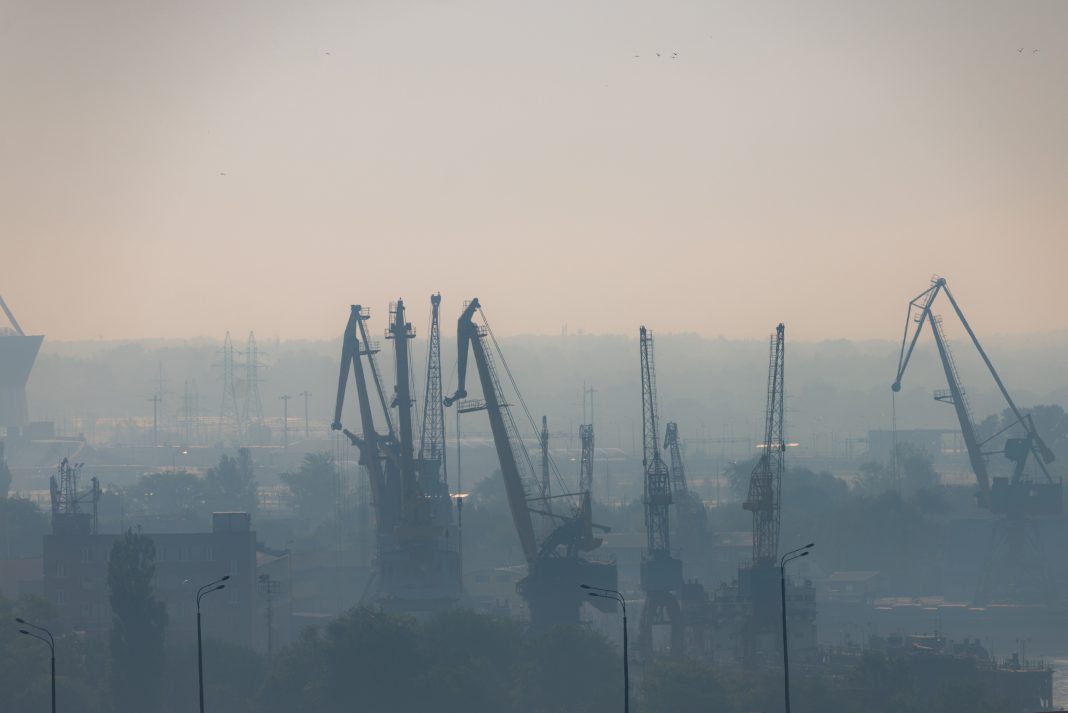Simon Stanion, partner and head of planning at law firm Shakespeare Martineau, discusses the importance of effectively assessing air quality impact for new housing developments
The recent decision of the Court of Appeal in Gladman Developments v MHCLG, Swale BC & CPRE is an illustration of the increased importance courts are placing on the air quality impact of developments.
With planning appeal proposals being increasingly subjected to greater scrutiny on air quality impacts, it’s essential that developers assess such impacts and are able to provide strong evidence of how mitigation measures will reduce air pollution resulting from their schemes. So how can they get this process right and optimise chances of new housing developments getting the green light?
Planning to improve air quality
The National Planning Policy Framework (NPPF), requires development proposals to specifically identify opportunities to improve air quality or mitigate the impacts of air pollution, through means such as traffic and travel management, green infrastructure and the enhancement of existing measures. The sector’s increased focus on air quality means that providing planning authorities with the information they require to properly assess air quality impacts, and to satisfy themselves that such impacts can be successfully mitigated, has never been more important.
In Gladman, the developer set aside a sum of money to minimise the impact of air pollution from one of its developments in Swale, Kent. This was a particularly important issue in this case because the development site was located in an ‘Air Quality Management Area’ (AQMA), i.e. an area where air quality objectives were already not being achieved, causing the authority to put a Local Air Quality Action Plan in place. As the inspector was not provided with any specific evidence of how the funds would be used, he was not convinced that the measures would be effective in reducing forecasted NO2 emissions in the area.
The inspector’s conclusion about the development’s likely harmful effects on air quality and human health, and his finding of conflict with government policy in the NPPF, rested on his decision that the effectiveness of the proposed mitigation was not proven. As such, the Court of Appeal decided that there was no need for the inspector to spell out his conclusion that Gladman’s approach to mitigation was inconsistent with the Air Quality Action Plans – although their essential purpose was to improve air quality in the AQMAs. This might require planning permission to be refused where effective mitigation could not be secured, or the development is judged likely to worsen air quality because the proposed mitigation had not been shown to be effective, and was therefore inevitably inconsistent with the Air Quality Action Plans.
A similar approach to the mitigation of environmental impacts from developments was applied by the CJEU last year in the conjoined cases C‑293/17 and C‑294/17 (Coöperatie Mobilisation”), in relation to Habitats Regulation Assessment. The CJEU found that mitigation measures may only be taken into account as part of such an assessment where their benefits are certain at the time that the assessment takes place. It is evident, therefore, that simply throwing money at such problems will not be enough, unless it can be clearly demonstrated how that money will be used to effectively mitigate the relevant impacts.
Creating a sustainable development
The overarching objectives of sustainable development include minimising waste and pollution, and mitigating and adapting to climate change, including moving to a low carbon economy (NPPF para 8). Whilst the NPPF makes it clear that these objectives are not criteria against which every decision can or should be judged, clearly all planning decisions inevitably involve weighing in the balance the economic and social need for continued new development, and in particular new housing, with the environmental impacts of such developments.
Growing environmental consciousness and increasing opposition from environmental groups means that the importance of developers paying due regard to the environmental effects of their developments is more essential than ever before.
Local planning policy position on air quality
Before putting forward any new application for planning permission, an important first step for developers is to examine the local planning policy position in relation to air quality. They will need to establish whether the development site falls within an AQMA and whether there are any Air Quality Management Plans in force in the area.
Developers should also ascertain the planning authority’s local information requirements/validation checklist, which may specifically require the submission of an Air Quality Assessment. For major development proposals, a request for pre-application advice and/or an EIA screening opinion is likely, to help the developer to understand and appreciate the level of information on air quality that may be required to support the application.
Developers will obviously need to identify opportunities to improve air quality or mitigate air quality impacts and provide evidence to demonstrate the effectiveness of such measures in reducing pollution. Measures that include reducing reliance on fossil fuel-driven motor vehicles often prove most effective – including taking steps (e.g. through travel plans) to encourage the use of public transport, cycling or walking, green infrastructure provision, and infrastructure to encourage people to switch to electric vehicles (EVs), such as EV charging points. Reliable data/modelling should also be submitted in order to demonstrate exactly how, and to what extent, such measures would help to offset air pollution.
Seeking expert advice from a professional with strong experience of advising developers on addressing air quality issues can also help them to decide on the best mitigation strategies to propose, helping to boost their chances of planning permission being granted.
Several recent court cases have highlighted the growing significance of air quality to developers’ commercial success. By carefully determining the mitigation measures needed to counter air pollution from their developments, and clearly communicating this information to planning authorities or through the appeal process, developers will better demonstrate their sustainability credentials and keep their projects on track.
Partner and head of planning
Twitter: @shmalaw















